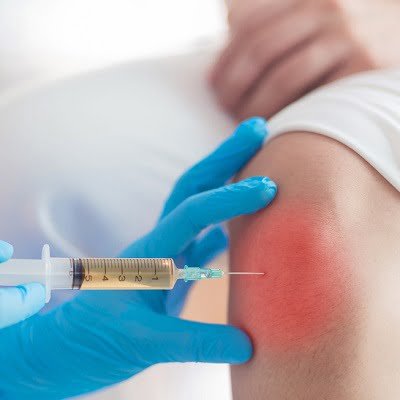
PRP Injections For Knees in Islamabad is a cutting-edge method of treating knee osteoarthritis (OA) pain. PRP is a straw-colored plasma component that has been isolated from your own whole blood. It has a high concentration of platelet cells as well as their accompanying anti-inflammatory and growth factor proteins, up to two times more than is typically seen in whole blood. Following the collection of 15 milliliters of your blood (similar to a standard blood test), a centrifuge is used to separate the red blood cells to the bottom of the contained syringe, leaving the plasma with the concentrated platelets to be recovered from the top. The knee joint or tendon is then freshly injected with PRP by your doctor.
In Islamabad, PRP Knee Injections are relatively new, so some people have questions about how long it takes for them to start working. Are additional injections necessary for some people? Therefore, everything you need to know is in this article, which was written based on the sincere advice of our PRP doctors and numerous studies. Continue, please.
Key Takeaways:
- This technique, which is called as platelet-rich plasma (PRP) has the potential to lessen osteoarthritis discomfort.
- It treats injured tissues by using components from your own blood.
- Preliminary tests have yielded encouraging results.
- PRP injections are experimental, thus there isn’t much data to support their safety and efficacy. Additionally, they might not be covered by your insurance policy.
Ideal candidates:
- PRP is a avant-garde therapy for knee pain. Ask your doctor for guidance first if you are thinking about getting PRP injections.
- Before beginning any experimental treatments, consult your doctor carefully and make sure the practitioner is completely licensed to administer the treatment.
Before the procedure:
- We typically ask that you drink plenty of water. On the day of the PRP injections, we advise drinking 1 to 1.5 liters of water.
- A minimum of ten days must pass before the injection in order for you to take any platelet-affecting drugs, such as aspirin or ibuprofen.
- A few weeks after the final injection, you should refrain from taking these medications as well.
The Procedure of PRP:
- A little blood will be taken from your arm initially by your doctor.
- Once the blood sample has been centrifuged to separate its components, a concentrated suspension of platelets in plasma will be produced.
- Depending on how the process is altered at this point, the various components may have a different concentration.
- The PRP will then be injected into the knee joint space after your knee has been numbed by the doctor. When directing the injection, they might use ultrasound.
- You’ll be able to return home after taking a short break.
- In order to avoid pain and stiffness after the injection, make arrangements for someone to drive you home.
Aftercare tips:
Following the treatment, your doctor might suggest you:
- Ice your knee for 20 minutes every two to three hours for the first three days; take Tylenol to ease discomfort.
- Ibuprofen and other NSAIDs should be avoided since they may interfere with PRP’s effectiveness.
- Get lots of rest, and stay away from activities that cause pressure on your knee.
Efficacy of treatment:
The following variables affect platelet-rich plasma therapy’s efficacy, among others:
- Your general well-being
- Whether your damage is acute or chronic (it occurred suddenly or gradually) (sudden and serious)
- What area of your body needs medical attention?
- Making platelet-rich plasma for the treatment
The number of injections needed:
For the best results with PRP therapy, we advise 2-3 injections spaced around two weeks apart for knee arthritis. Since they might continue for 24 months, 2-3 injections are typically preferable to one.
Is PRP effective for everyone?
- Studies show that individuals with early to moderate osteoarthritis may experience a noticeable improvement in knee pain and function after 3, 6, and 12 months.
- PRP for knee pain may not be appropriate for everyone, however, studies have shown good symptom data for 1-2 years, with some studies even demonstrating that there is no further progression of arthritis on an MRI.
- However, there is variance in results depending on response rates, the severity of arthritis, and the type of PRP protocol used.
Are there any associated risks?
Since platelet-rich plasma is created from your own blood, there is no risk of allergy or immune reaction. Low risk of infection and soreness at the injection site are two uncommon but possible side effects and consequences.
Alternative treatment options:
Pain and other symptoms brought on by OA can be treated in a variety of ways. Exercise and weight management are important long-term tactics, but other solutions can be more helpful right away.
How long should I rest after receiving a PRP injection for my knee?
We suggest refraining from exercising the knee for at least a week after receiving a platelet-rich plasma injection for it. Depending on which joint or structure was injected, this recuperation time may vary.
Inshort!
A new field that is gaining popularity is regenerative medicine. When applying PRP therapy in practice, we use common sense combined with caution. For knee arthritis, we presently combine exercise and low white cell PRP therapy. Prior to greater research, we are hesitant to employ PRP for other joints.
Why Choose Us!
PRP Injections For Knees in Islamabad is a delicate procedure that requires the expertise and skills to administer. Dr. Naveed Azhar is an expert of the field whom you can fully trust. Our experienced and qualified staff at Royal Cosmetic Surgery Clinic Islamabad will make you at home in during your treatment time here. So what are you waiting for? Call us directly or fill out the form below for booking your first consultation.



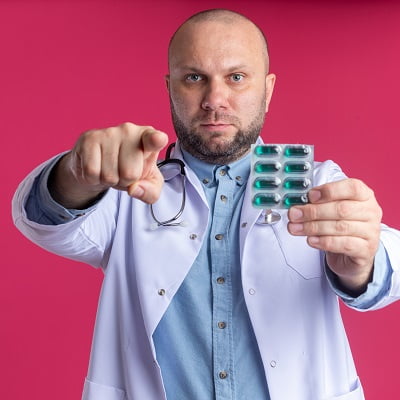

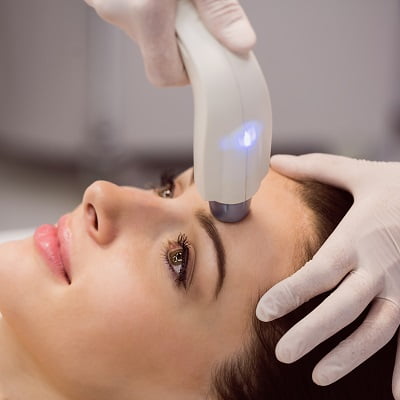
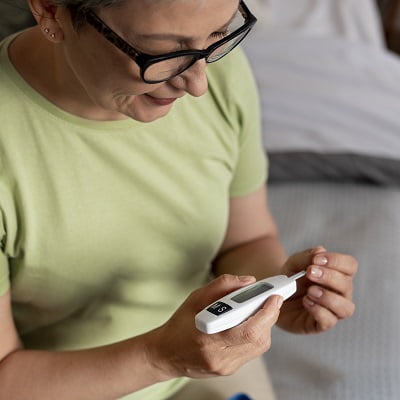
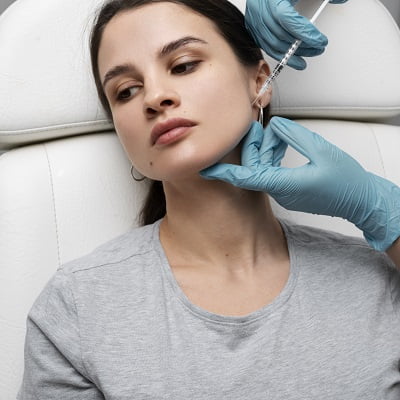
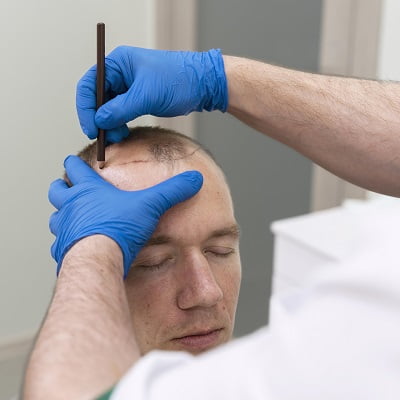
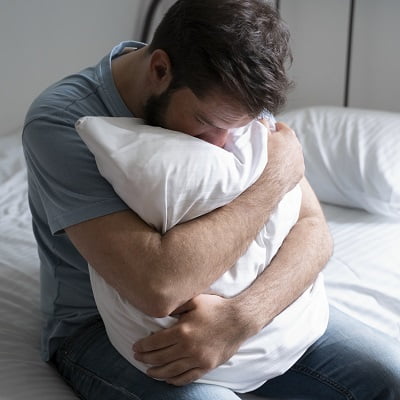

Book Appointment